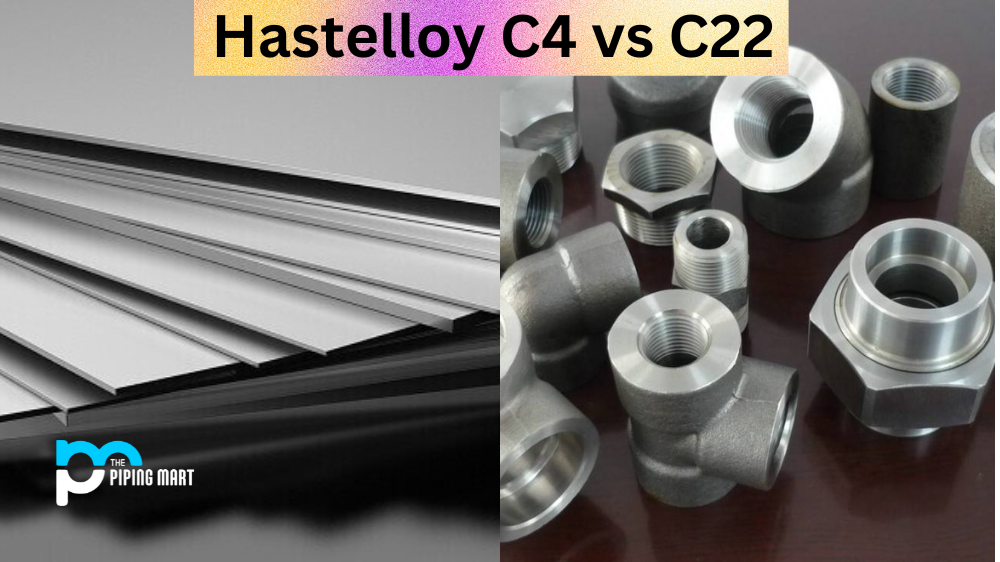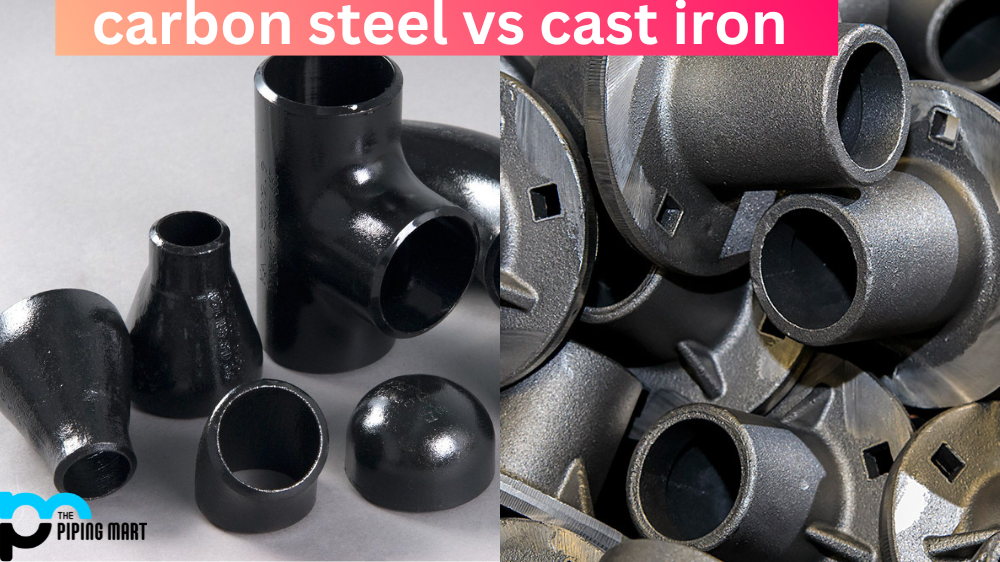Hastelloy alloys are popular for industrial applications in severe environments requiring high corrosion and heat resistance. Out of the range of Hastelloy grades available in the market, two popular ones, Hastelloy C4 and C22, often get compared in terms of their benefits and properties. But which one is better? This blog compare Hastelloy C4 and C22 to help you understand which suits your industrial applications.
Difference Between Hastelloy C4 and C22
Chemical Composition
Hastelloy C4 has a chemical composition of 65% nickel, 16% chromium, 16% molybdenum, and 2% iron. On the other hand, Hastelloy C22 has a chemical composition of 56% nickel, 22% chromium, 13% molybdenum, and 3% tungsten, with smaller amounts of iron, cobalt, and manganese. This composition difference determines their resistance to various corrosive media, including sulfuric acid, hydrochloric acid, and acetic acid. Hastelloy C22 is more resistant to these media than Hastelloy C4 due to the addition of tungsten.
Temperature Resistance
Hastelloy C4 has an upper-temperature limit of 1900°F (1038°C), while Hastelloy C22 can withstand up to 2200°F (1204°C). Therefore, if your industrial application requires exposure to extreme temperatures, C22 is the better choice.
Weldability
Hastelloy C4 is easier to weld than C22 due to its low carbon content. Welding Hastelloy C22 requires preheating and post-weld heat treatment to prevent stress corrosion cracking. Therefore, if you’re working with a highly welding-intensive application, C4 can be your preferred option.
Price
Hastelloy C22 is more expensive than C4 due to its higher resistance to corrosion, higher temperature limit, and processing requirements. Therefore, if cost is a driving factor, C4 can be a more economical solution for your industrial needs.
Conclusion
Hastelloy C4 and C22 are excellent alloys for industrial applications, depending on the medium’s corrosive environment and temperature requirements. However, their properties differ regarding chemical composition, temperature resistance, weldability, and price. Hastelloy C22 stands out for its higher resistance to corrosive media and temperature limits, while Hastelloy C4 is a better choice for welding-intensive applications and cost-effective solutions.

Meet Bhavesh, a seasoned blogger with a wealth of knowledge and experience. From metal products manufacturing to retail, Bhavesh has a diverse background in various industries and is dedicated to sharing his insights and expertise with readers.




